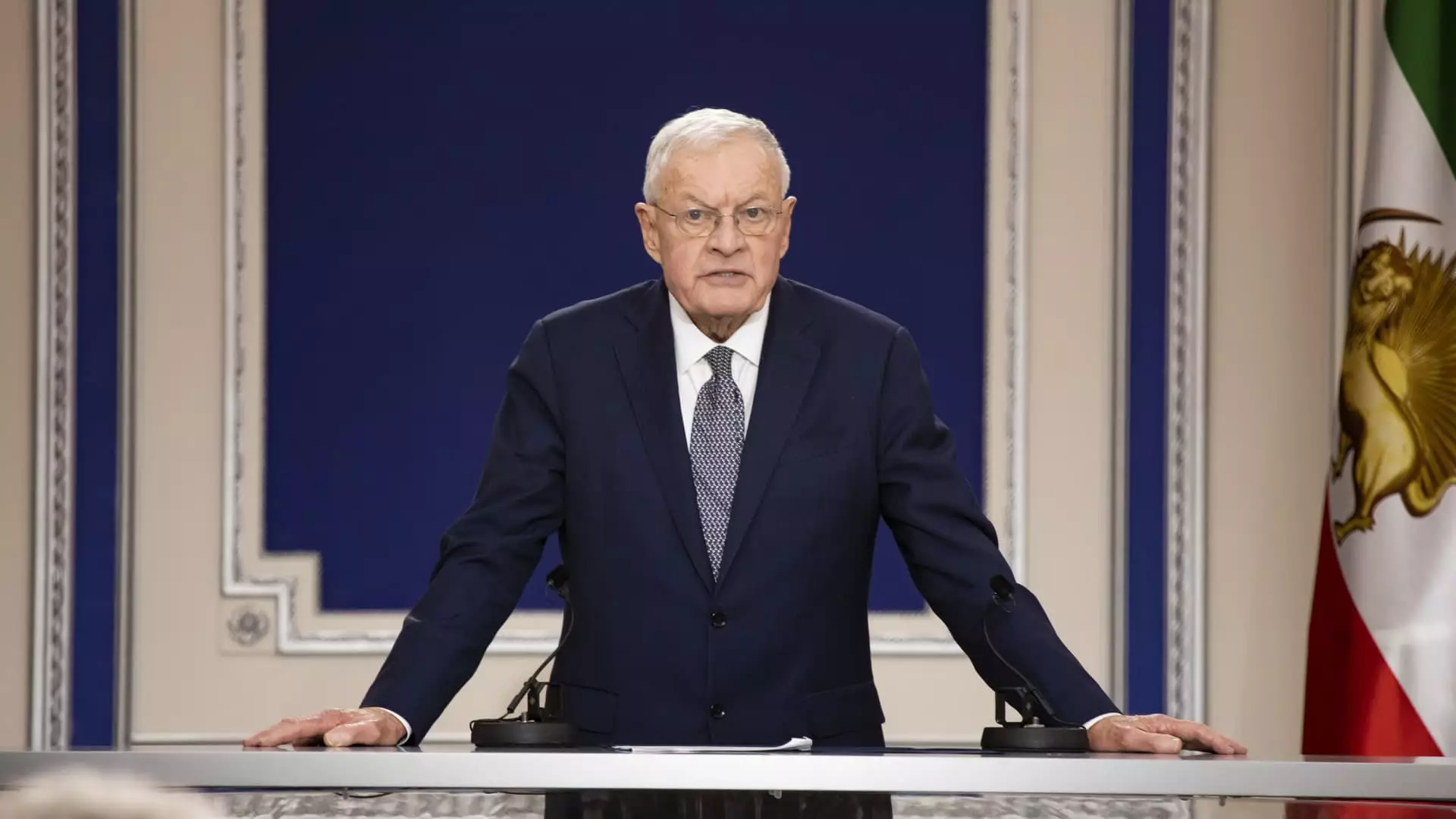As tensions between Russia and Ukraine continue to escalate, the stakes for global security have never been higher. In a recent statement at the Munich Security Conference, U.S. Special Presidential Envoy for Ukraine and Russia, Keith Kellogg, suggested that a peace plan could potentially materialize within a matter of days or weeks. The urgency expressed by Kellogg reflects not just the immediate need for de-escalation, but also the broader implications of sustained conflict in the region. His comments, which draw on former President Donald Trump’s decisive approach, underscore the necessity for rapid decision-making in a landscape where time is of the essence. However, the path to peace is far from straightforward.
Kellogg outlined a dual-track strategy where U.S. officials would communicate with both Russia and Ukraine, as well as their European allies. This bifurcated approach highlights a crucial aspect of diplomatic negotiations: the importance of multilateral discussions that encompass all stakeholders. By initially framing the negotiations around American interests, there is a risk of sidelining critical viewpoints that could lead to long-lasting solutions. Kellogg recognized this pitfall, asserting that a solution cannot be sculpted in a vacuum. The inclusion of Ukraine and Europe in these negotiations is paramount, as their experiences and insights can provide a fuller picture of the geopolitical landscape.
The envoy emphasized that peace must be sustainable and inclusive, hinting at past failures that arose from inadequate representation of local interests in international dealings. The statement draws attention to the intricate web of alliances and dependencies in Eastern Europe, which necessitates a more nuanced and collaborative approach if a credible peace is to be achieved.
While Kellogg acknowledged the challenges in specifying the security guarantees for Ukraine, his hesitance raises questions about the effectiveness of the negotiations. Clear and transparent terms regarding security guarantees are essential for Ukraine’s autonomy and stability. The vagueness around such guarantees may signal a lack of alignment on U.S. and European policy objectives or a misunderstanding of Ukraine’s needs and concerns.
The envoy’s candid acknowledgment of the U.S.’s tendency to approach problems from a singular lens further illustrates the need for a multifaceted understanding of the conflict. In an environment where multiple narratives coalesce, an effective peace plan must weave together the interests of all parties involved, ensuring that no voice is left unheard.
Europe’s involvement in the negotiations has become a point of contention among diplomatic circles. Notably, leaders such as Croatia’s Prime Minister Andrej Plenković have stressed that a peace agreement lacking European participation would not only be ineffective but could also be deemed politically unacceptable. Historical ties and responsibilities demand that Europe play a significant role in crafting a resolution. The transatlantic relationship that has defined Western security postures over the last several decades cannot simply be disregarded.
Iceland’s Prime Minister, Kristrún Frostadóttir, echoed this sentiment by articulating Europe’s apprehension regarding the new U.S. administration’s intentions. The hesitance reflected within Europe suggests a disconnect that could hinder collaborative negotiations in pursuit of a peaceful resolution. This skepticism could not only stall talks but also exacerbate regional insecurities.
In navigating the complexities of U.S.-Russia-Ukraine negotiations, it is clear that there are both opportunities and challenges ahead. The urgency underscored by Kellogg’s remarks is essential, yet the successful realization of peace will require a broader and more inclusive strategy. To find an effective resolution to the conflict necessitates strong international cooperation and recognition of the multifarious interests at play.
As the world watches closely, the focus should be on fostering dialogue and ensuring that all voices — especially those of Ukraine and its European neighbors — are heard. Only through a concerted effort aimed at understanding the multifaceted dimensions of this crisis can the international community hope to pave a lasting path toward peace.


Leave a Reply